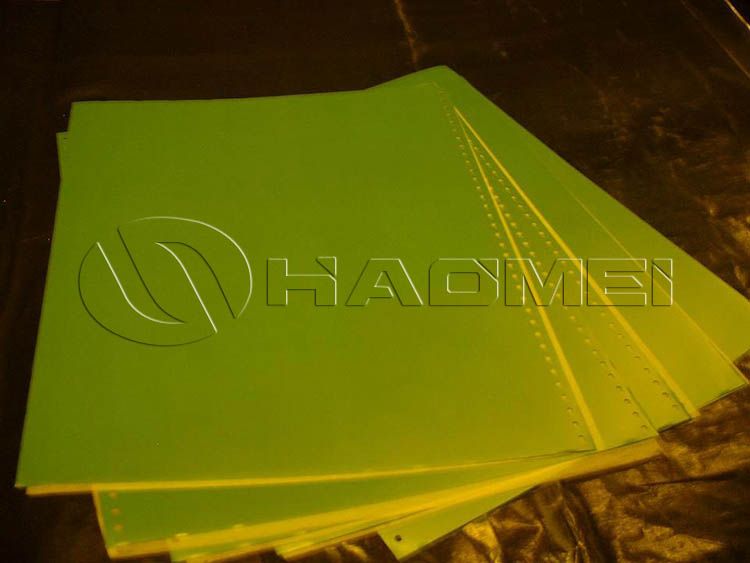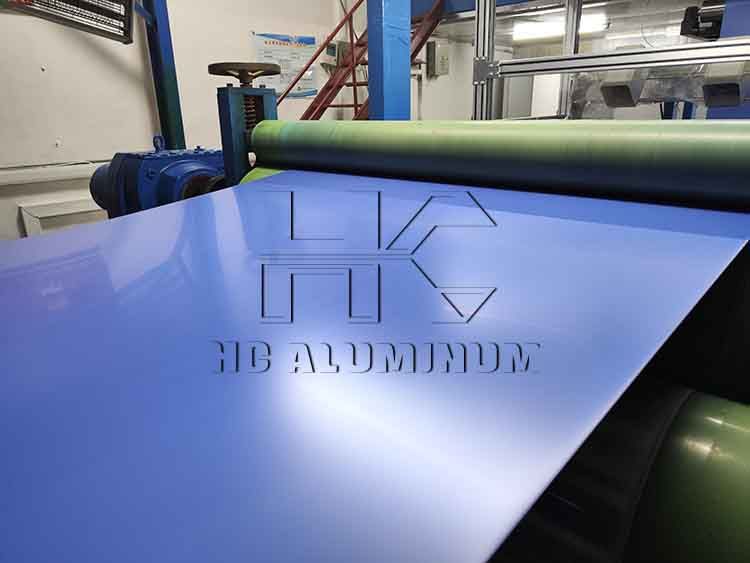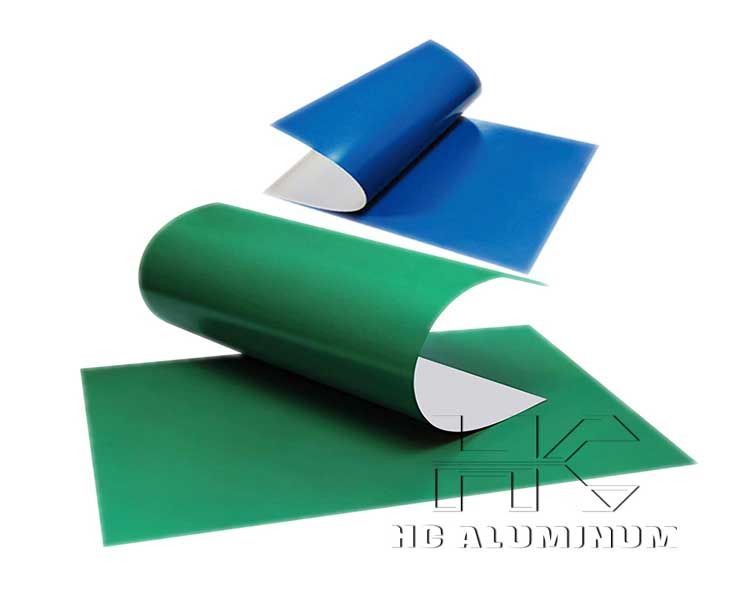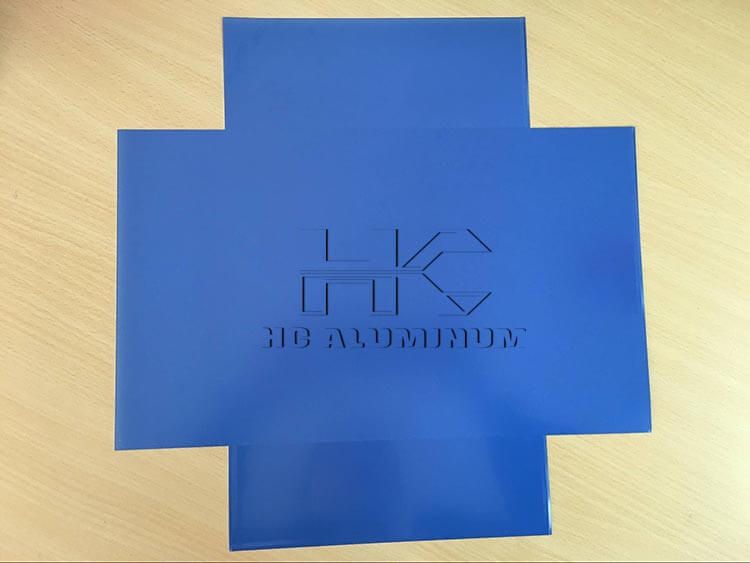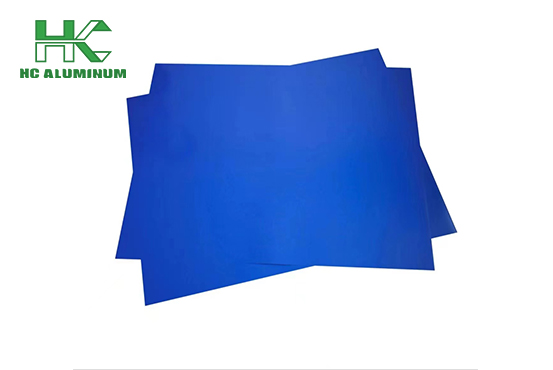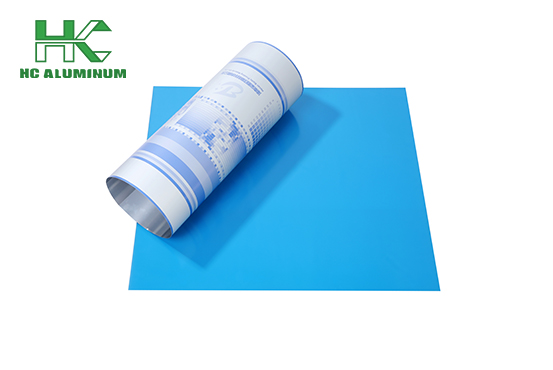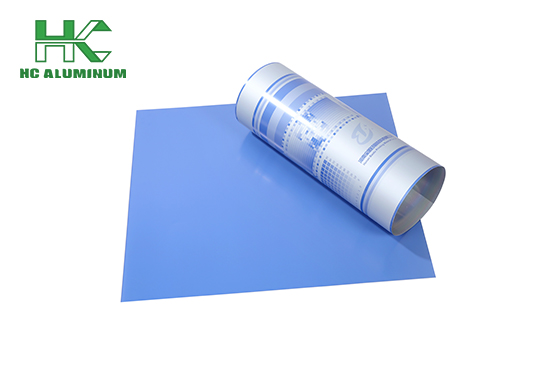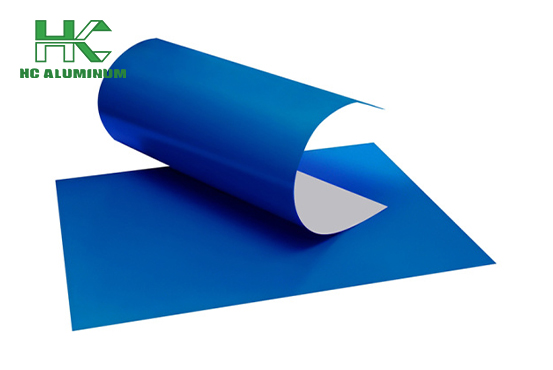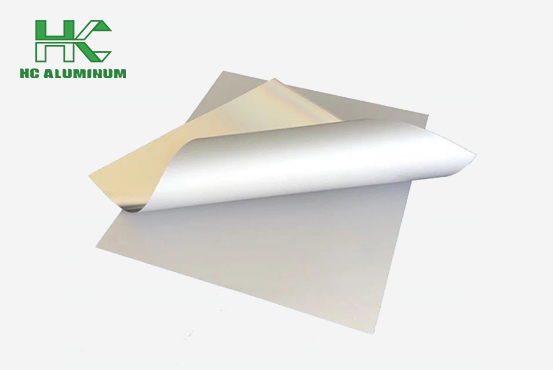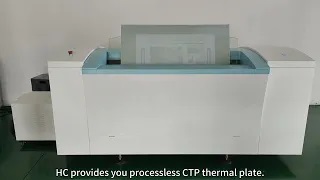What Are The Benefits of Positive PS Plate for Offset Printing
In the printing industry, PS plate for offset printing mainly refers to the aluminum plate used for printing, which can also be called "pre-coated photosensitive plate". There are two types of PS plates: positive PS plate and negative PS plate.
PS plate is the main printing plate material for pre-printing at present. Its platemaking process is simple and fast, and the operating process is very convenient. It can print solids, lines, and fine anilox plates, and has good printing reproduction effect. The printing price is relatively cheap, and it is widely used in printing packaging products such as facial tissue and paper boxes.
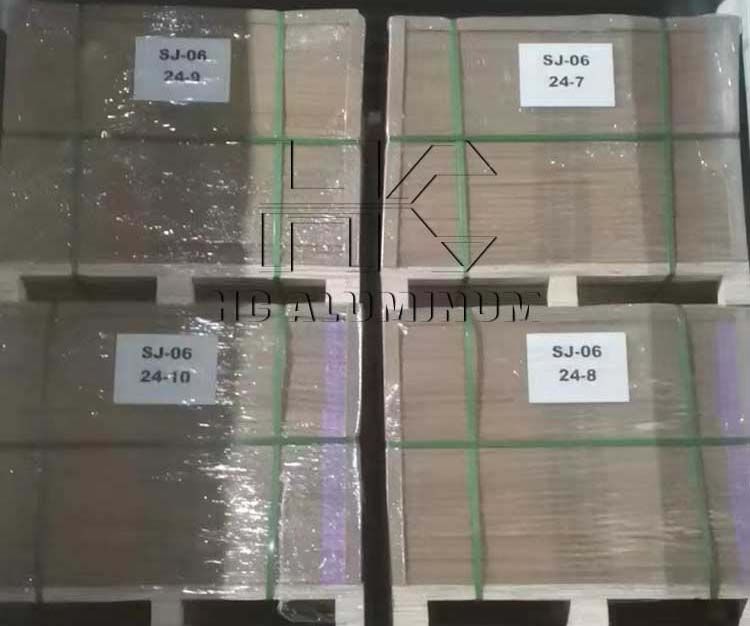
In addition, the surface is coated with an air-conducting matte layer to improve the adhesion with the plate-making film, shorten the vacuuming time, and better avoid the occurrence of halo images. Because PS plates have so many advantages, they are widely used.
The positive PS plate is made of positive color separation film for plate exposure during plate making. It is suitable for high-end color album printing. The negative PS plate is exposed with negative color separation film, which is suitable for text and line album printing and short-run work. The photosensitive layer of the positive PS plate has good oleophilicity, water repellency, wear resistance and acid resistance.
Although the CTP plate price has dropped significantly after years of mass production, it still cannot drop to the price level of PS plates. The plates used in CTCP plate making are cheap conventional printing plates, which are the general PS plates used in the current process. In fact, it is more important to note that because of the use of PS plates, printing companies can maintain the previous status in plate inventory, operator training, and developer without reinvestment, so the subsequent maintenance costs are quite low.
Aluminum plate is the core basic material of PS/CTP plate. Common alloy grades are 1050, 1052, 1060 and 1070, and the mass fraction of aluminum is ≥99.50%, ≥99.52%, ≥99.60% and ≥99.70% respectively, and the thickness specification is generally in the range of 0.13-0.30 mm.
PS plate is one of the main kinds of aluminum offset printing plates. Aluminum printing plate has excellent durability, good corrosion resistance and high-resolution image reproduction capabilities. Its surface is treated to combine with photosensitive materials so that the image can be displayed on the plate. Aluminum printing plates have a long service life and is suitable for large-scale printing.


